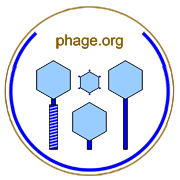
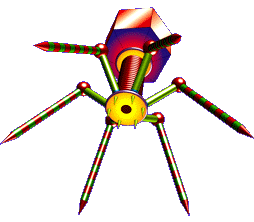
Abstract/Introduction: Blue-green algal blooms are frequent in fresh and brackish water bodies all over the world. Planktonic blue-greens often form thick scums completely covering the surfaces of lakes, reservoirs and ponds. Benthi c forms of blue-greens are known to create dense mats of overgrowth on shallow bottoms in water channel substrates. ¶ It is often observed that blue-green blooms die off suddenly, and during their decomposition trigger a chain of events leading to extreme oxygen depletion of the water, to release of toxins (GORHAM 1960) and odorous and foul-tasting substances, (SAFFERMANN et al. 1967) and to cause mass mortality of fish populations (SHILO 1967). The release of musty earthy -tasting substances affecting water quality and giving fish flesh a foul taste has recently been associated by ASCHNER, LEVENTER & CHORIN-KIRSCH (1967) in fishponds and in the Israel national water carrier (M. ASCHNER and J. EVEN" personal communication) with benthic Oscillatoria (O. tenuis and O. dialqbea). ¶ We know little about the factors which lead to mass blue-green development and even less about those which trigger their rapid disintegration, creating the cycles of blooms and succession of species of blue-green algal in the habitat. ¶ In our laboratory, we have been concentrating in recent years on elucidating the physiological chan ges occurring in aging algal populations under different chemical and physical environmental conditions, and on the effects of different biological agents on sudi populations. This approach is aimed not only towards an understand ing of the mechanisms underlying the population dynamics of the blue-greens, but at discovering new ways of influencing and controlling them. The frequent cycles of blue-greens in Israeli fishponds afforded us the excellent possibility of repeated and controlled experimentation. ¶ The present lecture deals with the possible role of viruses and bacteria capable of attacking and lysing blue-green algae in the ecosystem, the spectrum of biological activity of th ese agents, their distribution in different ecosystems, seasonal fluctuations in relation to the lysic cycles of blue-green, and, finally, whether any of these agents can be employed for biological control of blue-greens.
From p. 209: "From an economical point of view, a viral 'algicide' was suggested to be a relatively inexpensive means of control (SAFFERMAN & MORRIS 1964 b). Once established in an algal bloom, a virus would disseminate naturally from its initial focus. Although the known cyanophages mainly attack Plectonema and related species, there are indications that cyanophages with different host specificities exist. ¶ The virus isolated by GORYUSHIN in the Soviet Union (reported in New Scientist, 1967, 36: 677) seems to be involved in clearing large patches in water reservoirs of blue-green blooms. If such a virus can be spread and grown on a large scale, its value in control could undoubtedly be great. However, the appearance of cyanophage-resistant mutants of blue-green algae (in Plectonema at a rate of 10-7) (PADAN et aI. 1967) may be an important limitation to any practical application of the cyanophage in large scale control."
Return to Home or see Phage Terms/Glossary. Contact web master.
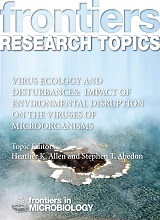
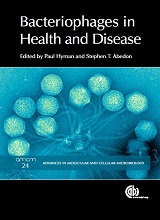
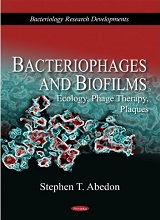

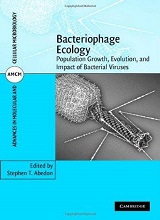
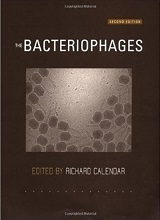
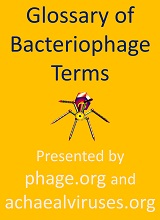
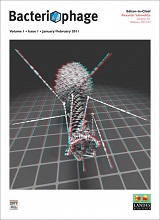
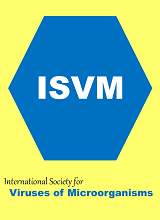



[full text not included]